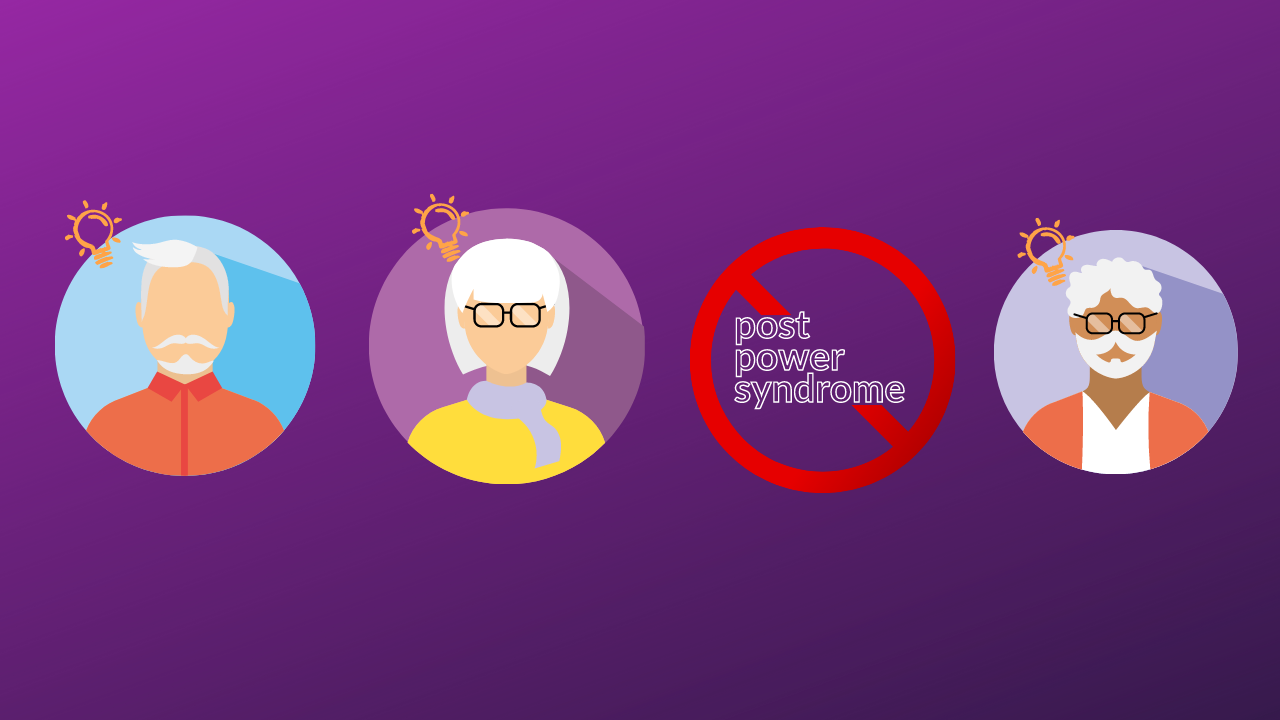Lack of self-acceptance, social withdrawal, the expectation for roles, negative self-concept, and dysfunctional feelings contribute to post power syndrome. It is a situation in which a person lives in the shadow of the glory of their past (career, beauty, good looks, intelligence, or other things), and seems unable to see the current reality.
The former Minister of Energy and Mineral Resources of the Republic of Indonesia Sudirman Said said it in a discussion regarding leadership with a talk of post power syndrome, (6/3/2021). He said post power syndrome victims always wanted to express how proud they were of the past that they have gone through with great pain.
Sudirman then explored the difference between positional power and personal power. The key distinction between positional and personal power is that positional power is acquired as a result of a person’s role or title in an organization, while personal power is acquired as a result of an individual’s personal attributes and abilities, which enable them to gain a large number of followers.
“Among the two, personal power development can be controlled, hence, a person needs to continuously develop their attributes, knowledge, and expertise to prevent post power syndrome,” Sudirman stated.
Leadership is an effort to influence and control other people to act voluntarily to achieve a common goal. There are a few major traits that a leader must possess according to Sudirman. Those are credibility, vision, competency, decisiveness, a strong drive to succeed, confidence, courage, calmness in crisis, conceptualizing skills, loyalty, initiative, and a high sense of responsibility. Sudirman also claimed that leadership is not merely a position, a status, power, or the ability to pressure other people. It is the ability to guide and have an impact on people through charisma, trust, and competency.
As the requirements stated above, the most necessary skill to acquire aside from technical and conceptual skills is the human relation skill. Human relations refers to the capacity to communicate with people in a healthy way and form close bonds. It entails the process of developing processes and contact networks to enable community employee relationships as well as good one-on-one relationships.
It also encompasses the method of preparing individuals for particular positions, meeting their needs, managing employees or management-employee issues, and fostering a healthy working culture. In short, human relation is important to create and foster a productive work environment, as well as attracting workers and boosting productivity.
Later, he elaborated on the leadership journey a leader goes through. “Leadership is a journey, not a destination,” he quoted.
The first step to a good leadership journey is managing oneself. It is critical to understand the importance of continuous improvement and learning.
The next step is the ability to influence a small group of people by forming close bonds and building trust among the group. Furthermore, once a leader is able to assist an organization to achieve a common goal, they will be able to manage the process within the organization which eventually leads to managing changes.
Establishing changes entails managing dialogues between those leading the change initiatives and those required to carry out the new initiatives. As well as managing the organizational context in which progress will take place and managing the emotional bonds that are essential for any transition.




